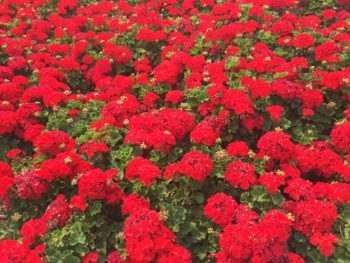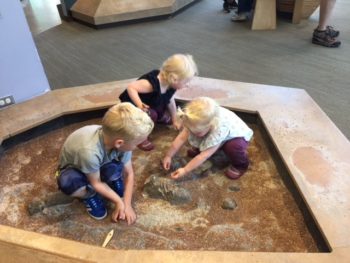 Behavior Assessments Support Children’s Learning Successes
Behavior Assessments Support Children’s Learning Successes
A Functional Behavior Assessment (FBA) is a process used in special education (and sometimes in general education) to understand and analyze the reasons behind a child’s challenging behavior. It’s a systematic and individualized approach that helps educators and other professionals identify the underlying factors contributing to a student’s behavior while at school and provide tailored support for their behaviors. An FBA is NOT completed for all students. [Read more…]


 Mud Pay Learning for Kids
Mud Pay Learning for Kids How Teachers Support Students’ Unique Learning Talents
How Teachers Support Students’ Unique Learning Talents What is Response to Intervention Education?
What is Response to Intervention Education? Magnificent Magical Mud
Magnificent Magical Mud